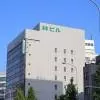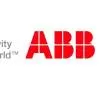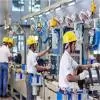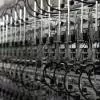
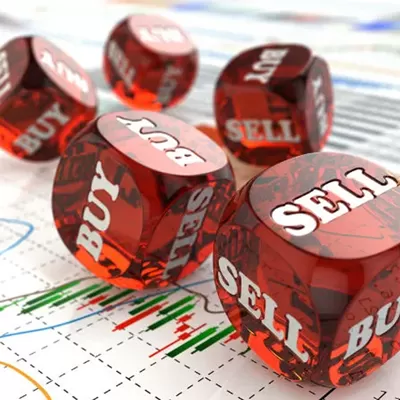
Cholamandalam Financial Reports Rs 4.74 Bn Annual Profit
Cholamandalam Financial Holdings Limited (CFHL) has announced its audited financial results for the quarter and full year ended 31 March 2025, posting a consolidated profit after tax (PAT) of Rs 4.74 billion—a 23 per cent year-on-year (YoY) increase. Consolidated income for FY25 rose by 28 per cent YoY to Rs 33.46 billion.For Q4 FY25, consolidated income reached Rs 9 billion, up 26 per cent from the same period last year. Quarterly PAT stood at Rs 1.36 billion, reflecting a 19 per cent growth.Cholamandalam Investment & Finance Company Ltd (CIFCL), in which CFHL holds a 44.34 per cent sta..

Puravankara Enters JV for Rs 33 Bn North Bengaluru Project
Puravankara Group (NSE: PURVA | BSE: 532891), one of India’s most respected real estate developers, has entered a joint venture with KVN Property Holdings LLP to develop a 24.59-acre land parcel in North Bengaluru. The project, expected to launch within the next six months, has an estimated Gross Development Value (GDV) exceeding Rs 33 billion.The upcoming development will span approximately 3.48 million sq ft of saleable area, strategically located near Kempegowda International Airport and several key infrastructure and employment corridors. This expansion reaffirms Puravankara’s growing ..
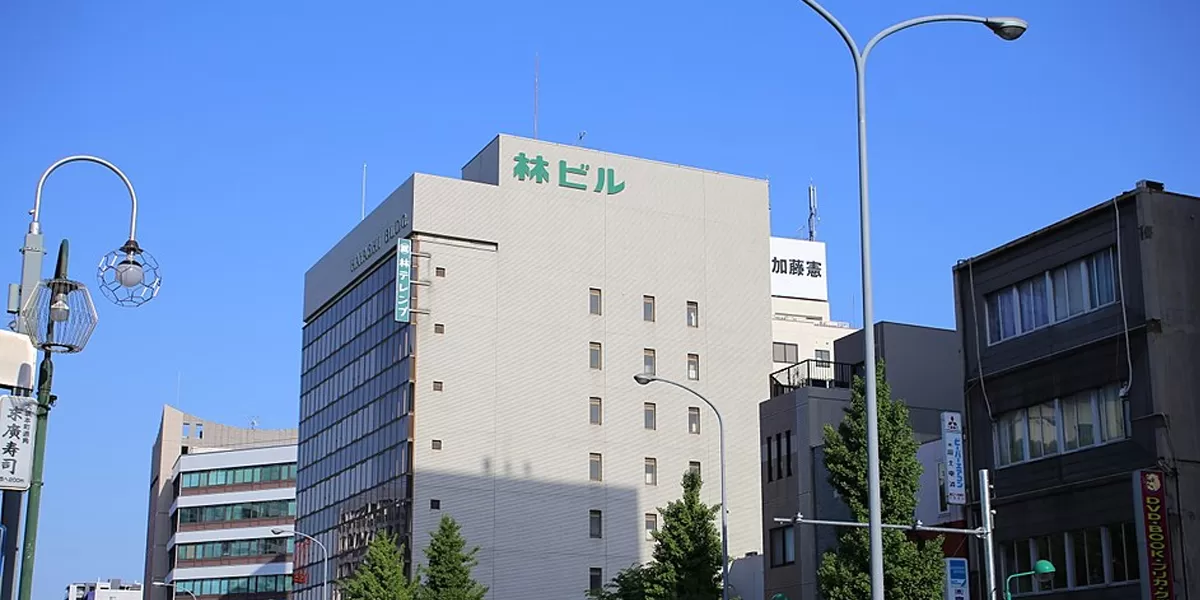
NDR Auto, Hayashi Form JV; Mitsu Chem Wins Risk Award
NDR Auto Components Limited has entered into a 50:50 joint venture with Japan-based Hayashi Telempu, with both firms investing Rs 333 million each. The partnership aims to introduce cutting-edge automotive interior solutions, including technologies for noise, vibration and harshness (NVH) control and ambient lighting, to the Indian market. Their first order—ambient lighting systems for Toyota—will feature vehicle-mounted illumination for shift levers, headliners, and instrument panels.Hayashi Telempu, with 2024 revenues of USD 2.1 billion, brings deep expertise in cabin comfort and product..





